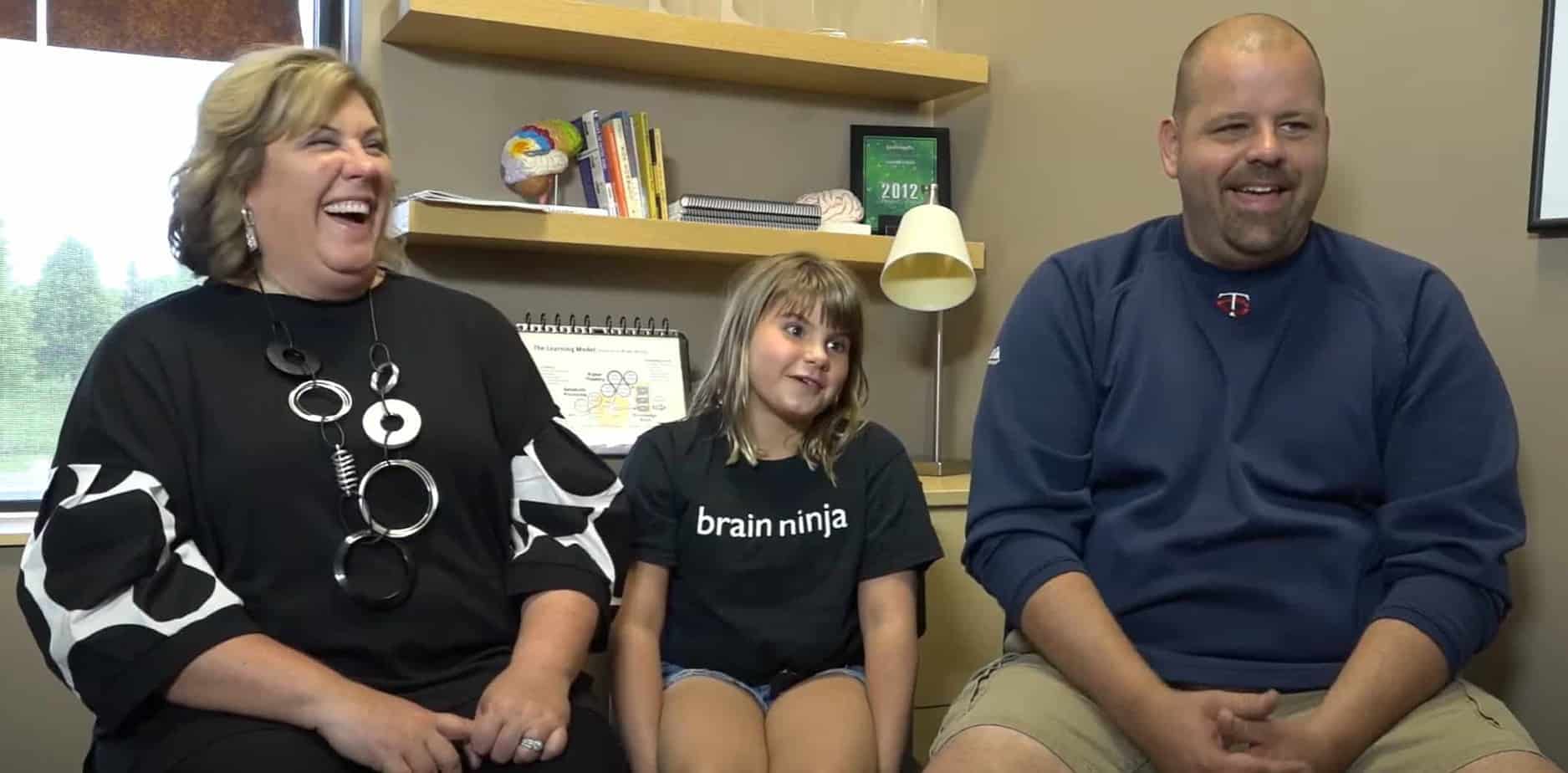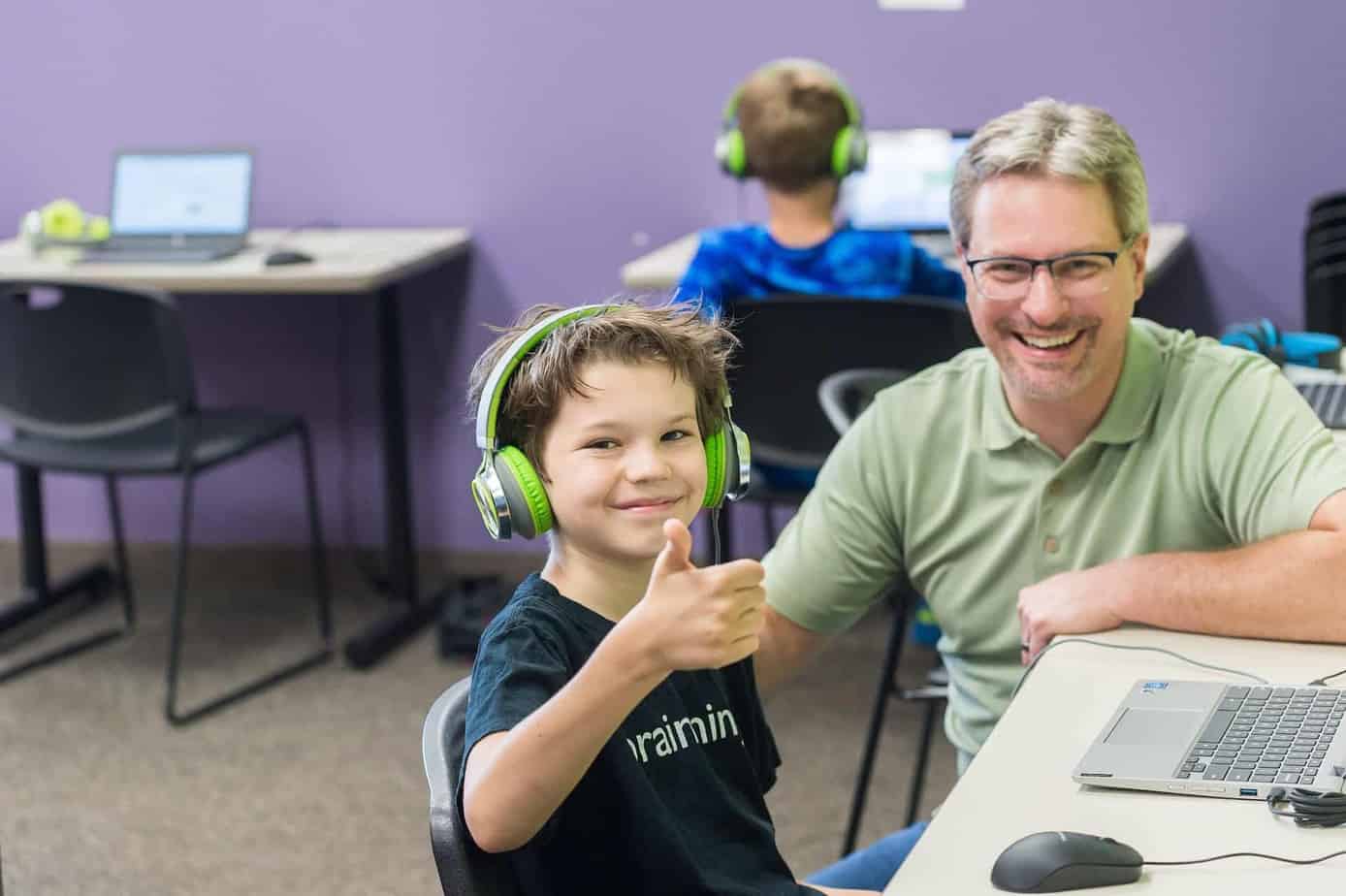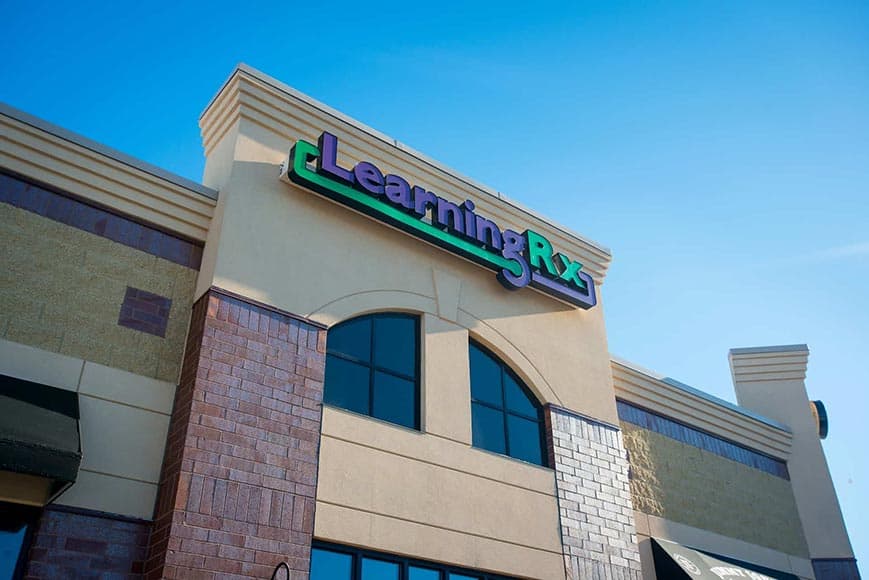How to Foster a Growth Mindset in Kids Outside of School
When we talk about a “growth mindset,” it’s often in the context of school—encouraging kids to embrace mistakes in math class or keep trying when reading gets tough. But a growth mindset isn’t just an academic strategy; it’s a life strategy.
Helping your child develop a growth mindset in everyday life means showing them that abilities and character traits—like patience, confidence, creativity, and resilience—can grow with effort and practice. It’s a powerful way to help your child become more emotionally flexible, more confident in their abilities, and better equipped to handle setbacks in any area of life.
Here are six ways to nurture a growth mindset at home, outside of the classroom:
1. Model “Trying Again” in Everyday Situations
Kids learn most from what they see. When you burn dinner, get lost while driving, or struggle to assemble a new piece of furniture, talk out loud about your process:
“Oops, that didn’t work—but now I know what not to do. Let me try it another way.”
Showing your child that even adults mess up—and that mistakes are a normal part of learning—reinforces the message that failure isn’t final.
2. Praise Effort, Strategy, and Progress (Not Just Results)
Instead of praising only outcomes—“You’re so good at soccer!”—try focusing on the effort and process:
“I saw how hard you practiced that move in the backyard. All that work is really paying off!”
This helps kids associate success with effort and practice, not just natural ability.
3. Encourage New Challenges, Even in Play
From puzzles to learning to ride a bike to trying a new recipe, give your child opportunities to stretch their comfort zone—even when the stakes are low. Reinforce the idea that it’s okay to not be good at something yet.
When your child avoids something hard, help them reframe it:
“It’s okay that this feels tricky. That just means your brain is working and growing!”
4. Talk About Brain Growth in Everyday Terms
Even young kids can understand that the brain is like a muscle that grows stronger when you use it. If your child gets frustrated, say:
“Did you know that your brain grows new connections every time you try something hard? You’re literally getting smarter right now!”
Normalizing the discomfort of learning as part of brain growth can help reduce frustration and boost persistence.
Read More: 3 Ways Brain Training Builds Confidence >>
5. Celebrate Mistakes as Learning Moments
Try creating a daily or weekly “favorite mistake” routine at dinner or bedtime. Ask:
“What’s something you tried that didn’t go as planned? What did you learn?”
This helps rewire the way your child thinks about failure—not as something shameful, but as part of the process of growth.
6. Use Growth Mindset Language in Daily Conversations
Phrases like these reinforce the idea that change and growth are always possible:
- “What could you try differently next time?”
- “You’re not there yet, but look how far you’ve come!”
- “Mistakes are proof you’re trying.”
- “This is hard, and that’s okay.”
Fostering a growth mindset doesn’t require special lessons or books (though sometimes they can help!). It’s about weaving a “keep going” mentality into the fabric of everyday life—especially in how you talk, model, and respond to challenges as a family. And when kids learn to believe in the power of “yet,” they become more confident learners, problem-solvers, and humans.







